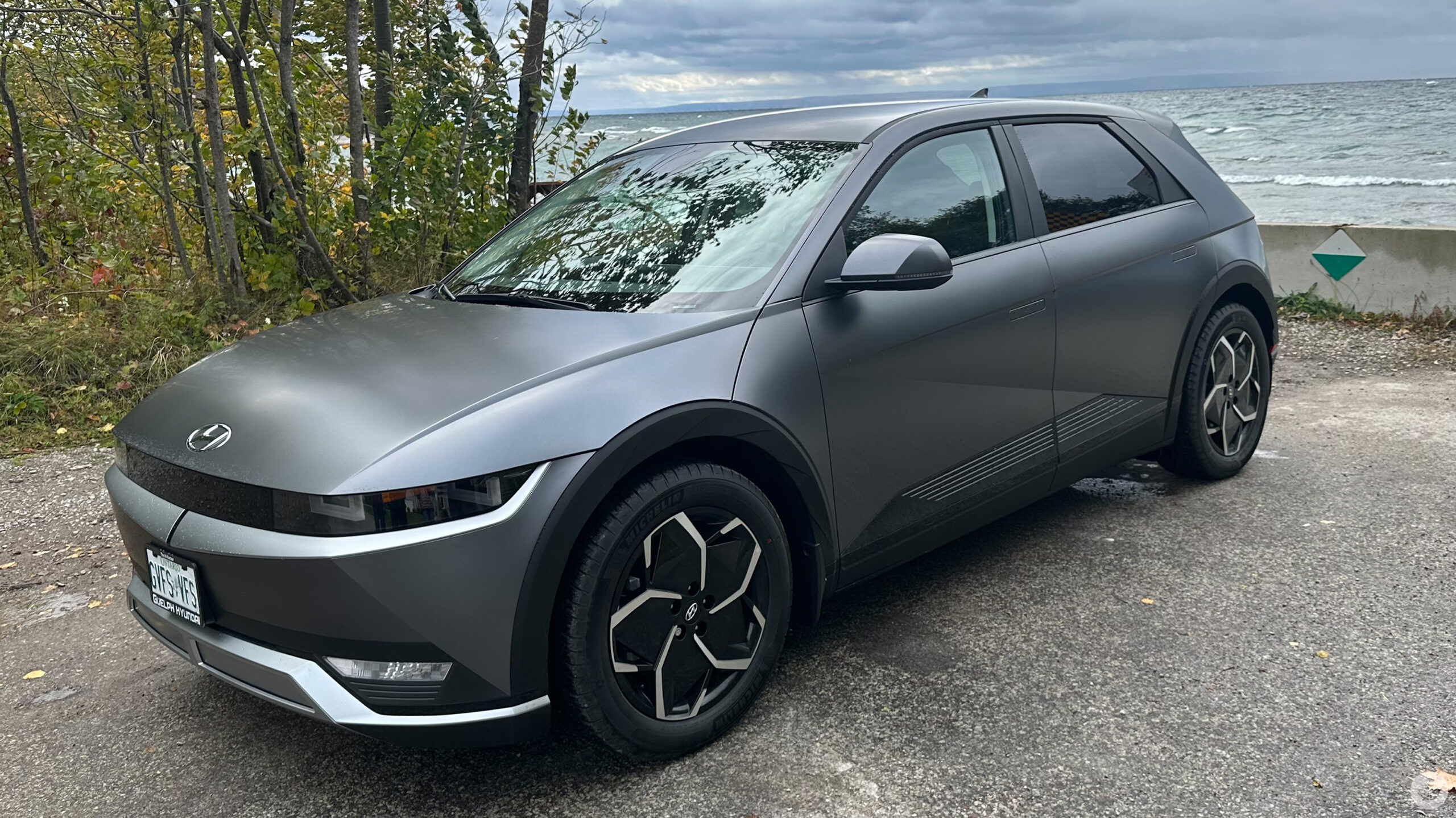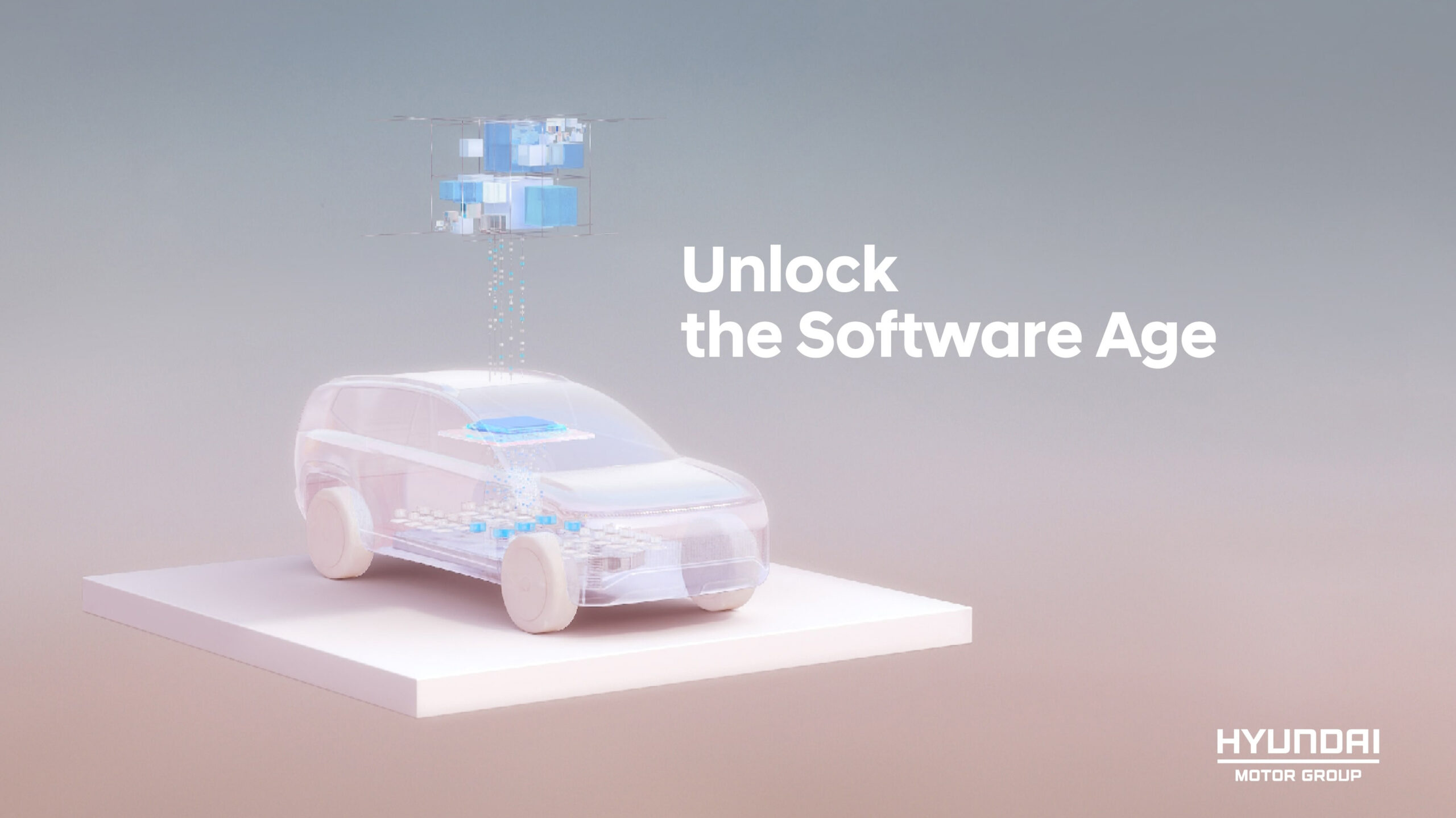
Hyundai has announced plans to invest $12.6 billion USD (roughly $17.3 billion CAD) by 2030 to make all of its vehicles “software-defined.”
This means that by 2025, all of its new vehicles will feature the ability to receive Tesla-like over-the-air (OTA) updates that offer performance improvements and add new technologies and features. This functionality is coming to all Hyundai, Kia and Genesis vehicles across both EVs and gasoline-powered cars.
Hyundai says that 20 million vehicles worldwide will be registered for its connected car service by 2025. As part of this strategy shift, the carmaker says it will offer ‘Feature on Demand’ services next year that allow customers to “select and purchase” functionality that matches what they want from their vehicle. While microtransactions in a car sound slightly terrifying, I’m willing to shell out a few dollars if this lets me alter my Ioniq 5’s digital dashboard.
To accomplish this, the South Korean vehicle manufacturer will organize its platform into what it calls a “Software House” that includes a vehicle’s electronic/electrical architecture and its data platform/software platform.

The automaker also plans to offer all of its vehicles on two platforms as of 2025: a passenger-dedicated EV platform, eM, and a purpose-built system called eS for cars in the delivery and logistics industries. Hyundai says that its upcoming eM vehicles will feature a 50 percent improvement in driving range from a single charge compared to its current EVs.
Along with this shift, Hyundai has changed the name of its vehicles’ operating system to the very Apple-like ‘Connected Car Operating System’ or ‘ccOS.’ This relates to a partnership with chip maker Nvidia and Hyundai’s upcoming Nvidia Drive infotainment system platform.
According to the automaker, the goal of these changes is, in part, to better facilitate the release of Level 3 Highway driving features in its future vehicles.
It’s also worth noting that as of 2023, all new Hyundai vehicles, including both EVs and standard gas-powered cars, will be compatible with OTA updates. To clarify, the “software-defined” initiative that includes OTA vehicle performance improvements is tied to 2025, while 2023 is explicitly related to over-the-air updates regarding display screen and navigation maps. Hyundai has offered this functionality in several vehicles since 2018.
This means that the 2022 and 2023 Ioniq 5, for example, will be capable of receiving display screen and navigation map OTA updates, but not new functionality related to vehicle performance.
Image credit: Hyundai
Source: Hyundai
MobileSyrup may earn a commission from purchases made via our links, which helps fund the journalism we provide free on our website. These links do not influence our editorial content. Support us here.


